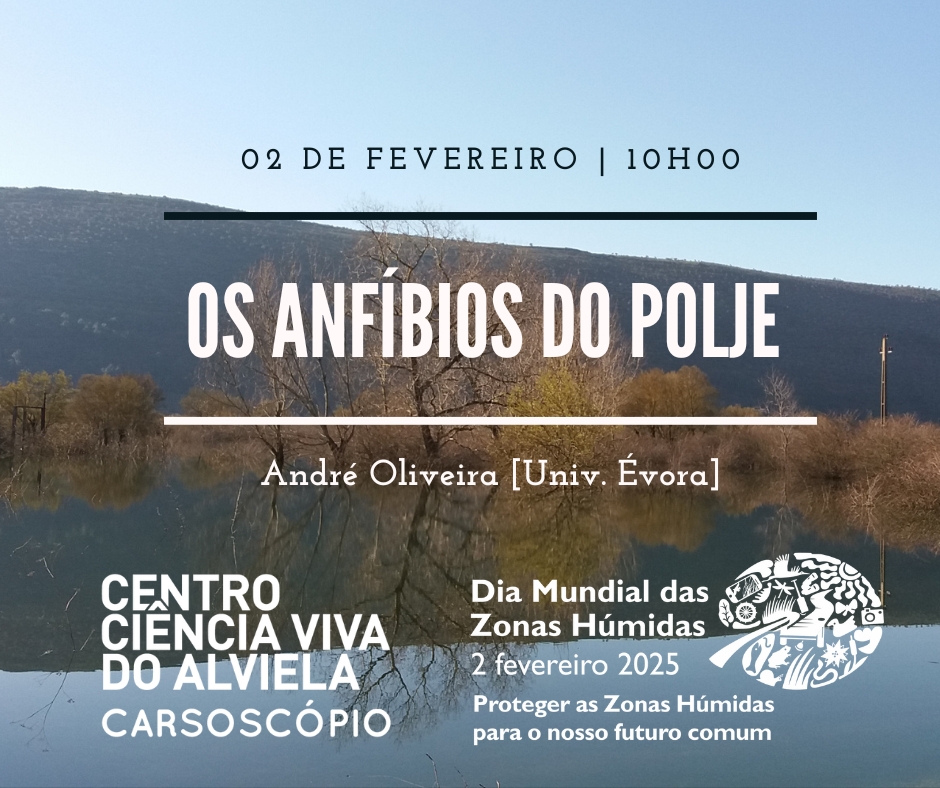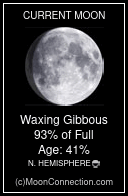
No dia 2 de fevereiro vamos comemorar o Dia Mundial das Zonas Húmidas e descobrir a biodiversidade do Polje de Mira-Minde.
Sabia que o Polje de Mira-Minde e as nascentes associadas (Sítio Ramsar 1616) são Zonas Húmidas de importância internacional? Em 2025, a comemoração do Dia Mundial das Zonas Húmidas tem como tema “Proteger as Zonas Húmidas para o Nosso Futuro Comum”. Convidámos o biólogo André Catarino de Oliveira, da Universidade de Évora, para nos acompanhar num passeio no Polje de Mira-Minde. Vamos descobrir a importância deste local para diferentes formas de vidas que aqui ocorrem. Como? Com galochas e camaroeiros! Que anfíbios habitam no Polje?
No dia 2 de fevereiro, não fique em casa: há saída de campo, no Polje de Mira-Minde...!
Participe!
As inscrições são obrigatórias e deverão ser feitas até dia 30 de janeiro através do e-mail info@alviela.cienciaviva.pt ou pelo telefone 249 881 805
Inscrições: até 30 de janeiro de 2025 (limite mínimo de 10 participantes)
Público-alvo: Público em geral (crianças a partir dos 6 anos)
Horário: 10.00 às 13.00
Ponto de encontro: parque de estacionamento do Intermarché de Minde
Custo: 2,5€ / participante (não inclui seguro)
Nota: aconselhamos o uso de roupa confortável e calçado próprio para terreno acidentado




